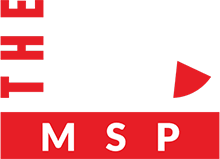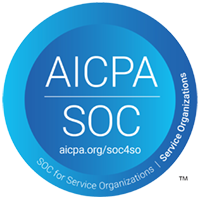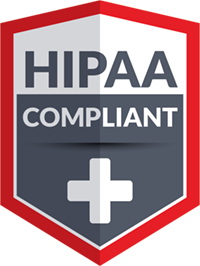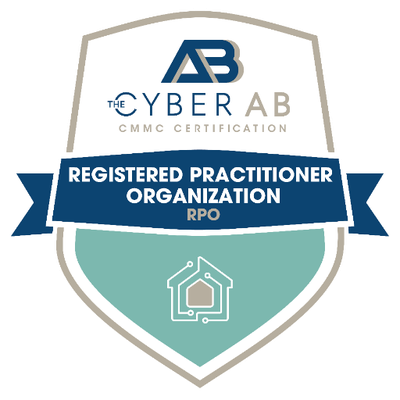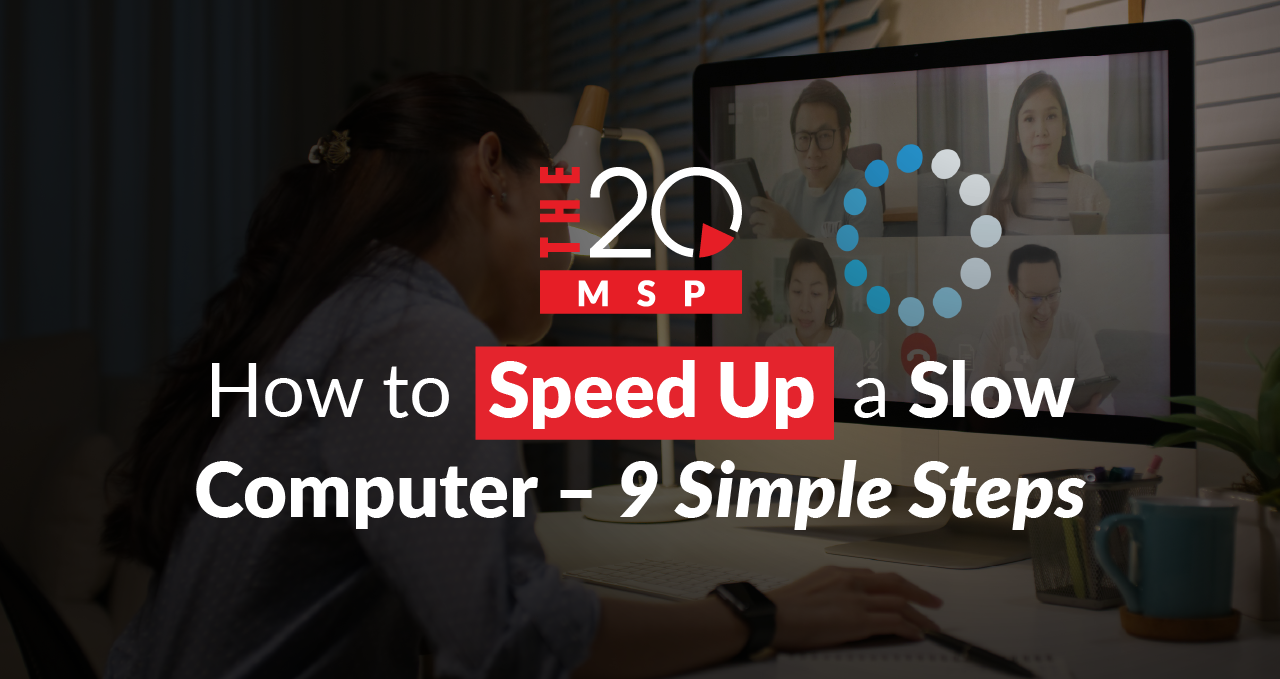
How to Speed Up a Slow Computer – 9 Simple Steps
Maybe your computer has been slowing down gradually, like drying cement, or maybe it suddenly started crawling at a snail’s pace. Either way, the result is the same: your computer is slow as all get-out.
In this post we’ll share some easy-to-follow tips so you can kick your computer out of its slump and keep it running well into the future. You’ll learn what causes slowdowns, how to fix them, and how to prevent them from happening again.
Let’s get started.
Symptoms of a Slow Computer
It might sound obvious – a slow computer is, well, slow. But it’s worth pointing out that what feels like slow computer performance might actually be a slow internet connection.
Yes, a sluggish computer can make websites and other online tools run like molasses – but so can a bad Wi-Fi connection. Does your slowdown happen only when you’re online? Or does it happen when you use local software or even just try to open a folder?
You can check if it’s your internet by running an internet speed test. Compare your results with the speeds you’re supposed to be getting. If your internet is the issue, don’t worry – we’ve got a full guide on how to easily fix a problematic internet.
What Causes Slowdowns?
Here’s the thing – a computer shouldn’t be slow. Sure, some systems are naturally faster than others (a budget laptop won’t run at the same level of high-end desktop), but most modern machines should be able to handle what they were built for.
If you’ve got a slow computer that’s suddenly started dragging, it’s usually a sign that something’s off. Here are a few common culprits:
1. Your Computer Needs a Restart
It’s the classic fix for a reason. If your slow computer’s been running non-stop – or just living in sleep mode day after day – it might be time for a good old-fashioned restart. Over time, background processes pile up and start clogging things behind the scenes.
A full reboot can clear out all that junk and give your system a fresh start. Just make sure you fully shut your computer down and wait a few seconds before powering it back on – don’t just hit “Restart” and call it a day.
As a good habit, try restarting your computer at least once a week.
2. Your Computer Storage Is Full
Every computer has a storage limit, and once you get close to it, things can start to drag. Most business machines come with anywhere from 256GB to 1TB of space. You might think, “Great, I can fill that up,” but here’s the catch: when your drive is over 85% full, performance often takes a hit.
That’s because your computer doesn’t just store files – it also needs room to breathe. Available space is actually used to create temporary files needed to help run programs efficiently. When storage is nearly maxed out, apps might slow down, crash, or just refuse to run altogether.
Your fix? Clean house. Go through your system and delete temporary files that have overstayed their welcome (don’t worry – any temporary files you actually need will come back), clear your downloads folder, and uninstall programs you no longer use.
Need help? Check out HP’s guide to freeing up disk space.
4. You’re Using a Hard Drive
Hard drives have quickly become obsolete with the widespread adoption of solid-state drives (SSDs). These older storage devices are notoriously slow compared to modern options—in fact a slow computer could really just be due to a slow hard drive. Many budget systems may still come preinstalled with a HDD, which, in our opinion, is an oversight.
Hard drives are slower and more prone to failure than SSDs or the newer M.2 NVMe drives. Using one of these newer drives can easily reduce loading times from several minutes to just a few seconds.
If your computer is still using a hard drive, talk to your IT provider about an upgrade. It can make a world of difference.
5. You Have Too Many Unused Programs
So, you’ve uninstalled some unused programs to free up space, and you’ve even upgraded to an SSD, but you’re still experiencing slowdowns. Your system may have bloatware.
Bloatware is a catch-all term for applications that come preinstalled on your computer and eat up system resources. Many of these programs may never be used (The French language package for MS Word, for example), yet they take up valuable space.
What can you do? Consult with your IT folks to see which software can safely be removed from your computer.
Some MSPs, like The 20 MSP, will typically remove bloatware during the configuration of a client’s computer, but if you are using an old system, or if you find some applications you don’t think you need, reach out and get them cleaned off your system.
6. Your computer Is Being Pushed to Its Limit
Sometimes, your slow computer just can’t keep up with your needs anymore. This could be because your system is ageing or you’ve started using more demanding software. The truth is, your computer can only handle so much.
When you push your computer to its limits, you’ll likely experience slowdowns and crashes. The solution might as simple as upgrading your RAM, or as significant as investing in a new system altogether.
If you suspect your issues stem from hardware limitations, take note of what tasks you need to perform and work with your IT team. Together, you can find the best solution to get you where you need to be.
7. Your Computer Is Too Dusty
It may sound silly, but dust can be a real performance killer. As dust accumulates, your computer’s fans can get clogged. This blocks airflow and will eventually cause your computer to overheat.
Technology likes to stay cool, but by its nature, it heats up quickly. When things get too hot, your computer will start to throttle down to protect itself. If things get too hot, the smell of burning plastic might be your next warning sign.
We recommend popping open your computer and using an air compressor or canned air to blow out the dust that’s caked up over time. If you are uncomfortable with opening up your system, don’t hesitate to reach out to IT. Just like restarting your computer, cleaning out dust should also be part of your routine maintenance. We suggest doing this at least once a month to keep dust buildup to a minimum.
8. Your Computer Needs to Be Updated (Check with IT)
Computers are constantly changing through vital Operating System (OS) and software updates. These updates fix bugs, patch security vulnerabilities, and generally improve performance. When you sit on an update for too long, not only are you missing out on better performance, but outdated OS and software versions can lead to compatibility issues, crashes, and slowdowns.
Important note about OS updates: Always check with your IT provider before pushing any OS updates. Your business may rely on software that requires specific OS versions. Updating too soon could break compatibility, leaving you unable to use critical software, counteracting the very reason you’re updating in the first place.
9. Your Computer Has a Virus
If you’ve tried everything for your slow computer and it’s still acting up, there’s a chance it could be infected with a virus. Viruses can eat up important resources, clog your system with malicious files, and just generally wreak havoc. If you suspect your system is infected, run an antivirus scan immediately and reach out to your IT provider for help.
While waiting for their assistance, check out our full guide on how to spot and handle a computer virus.
Why MSPs Keep Computers Running
If you’ve gone through this list and find the maintenance tasks a bit overwhelming, partnering with an MSP might be the solution you need. MSPs are experts at keeping computers working as they should.
At The 20 MSP, we get that not everyone has time for maintenance. That’s why we work closely with our clients to avoid interruptions and aggravation while keeping your computers working their best. So if you want your computers running instead of crawling – give us a call.
About The 20 MSP
As a leading provider of managed IT services, The 20 MSP serves thousands of businesses nationwide, including single and multi-location organizations, delivering white-glove service, secure and streamlined IT infrastructure, and 24/7/365 support. We believe in building lasting relationships with clients founded on trust, communication, and the delivery of high-value services for a fair and predictable price. Our client’s success is our success, and we are committed to helping each and every organization we serve leverage technology to secure a competitive advantage and achieve new growth.
